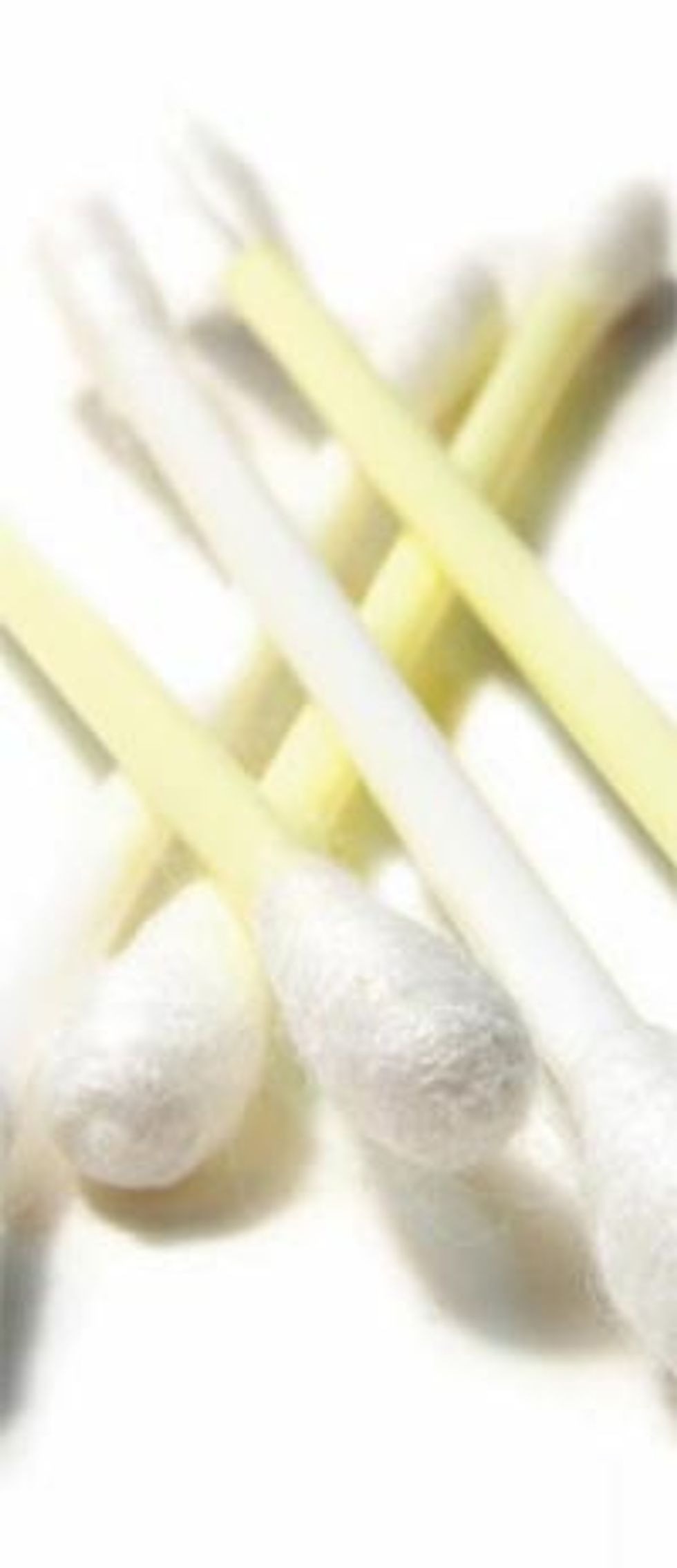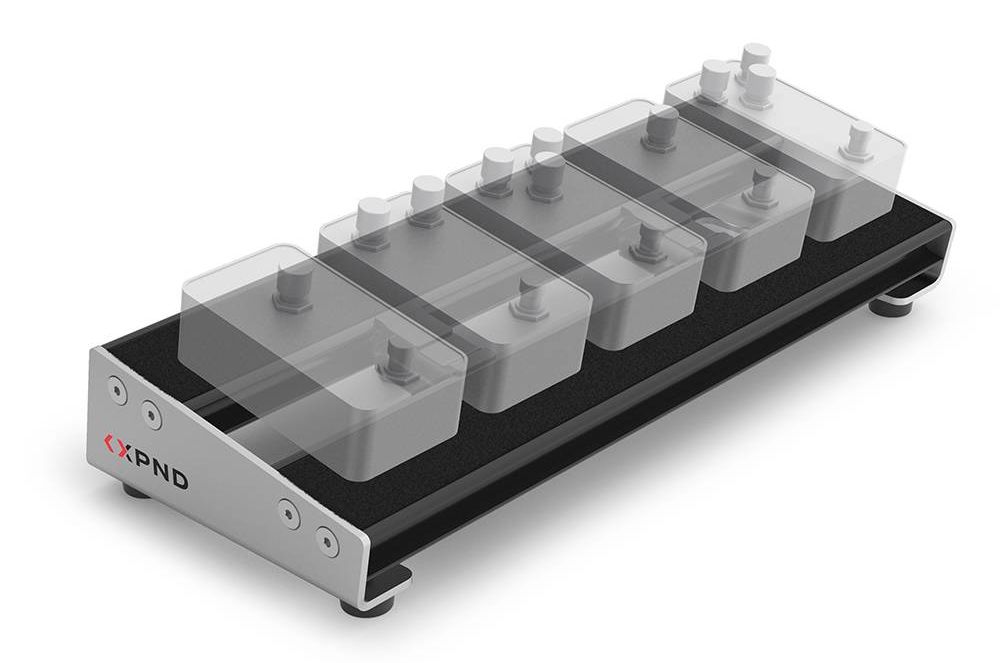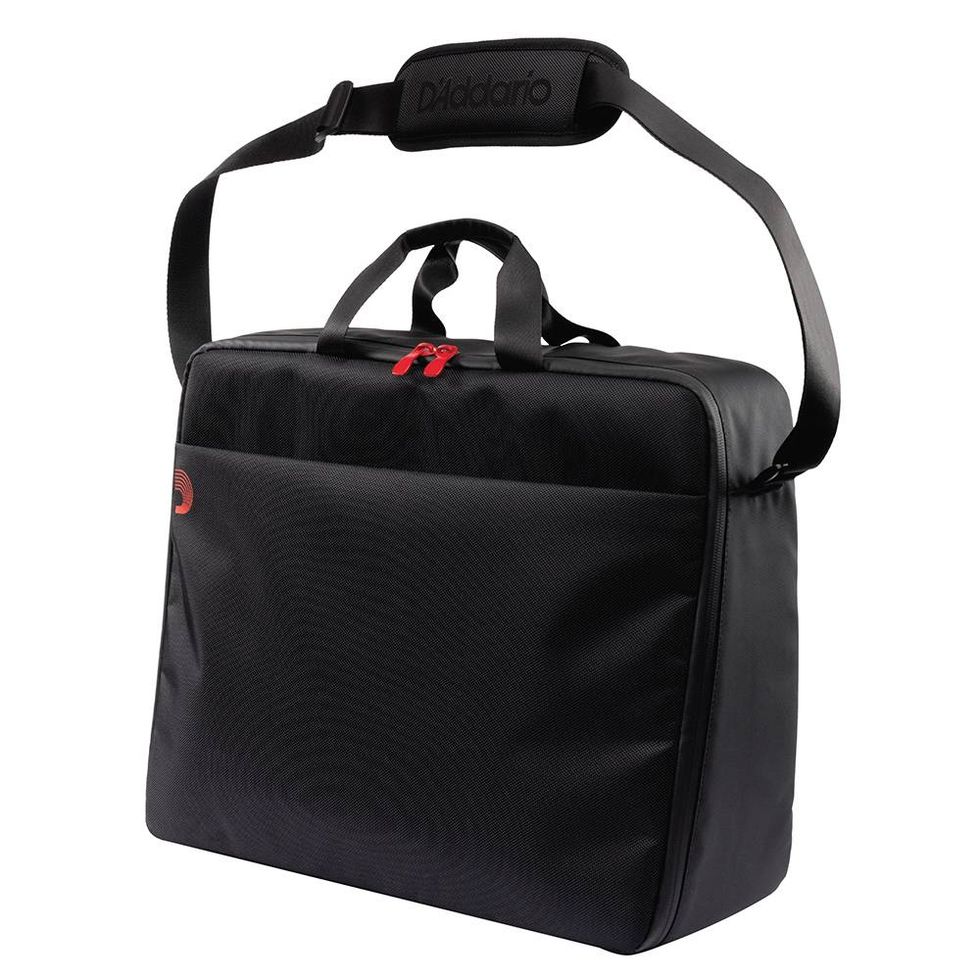 Greetings pedal-happy tonemongers! Welcome back to Stomp School. This month, we’ll continue our discussion of basic troubleshooting and maintenance tips to help keep your pedal rig running smoothly.
Greetings pedal-happy tonemongers! Welcome back to Stomp School. This month, we’ll continue our discussion of basic troubleshooting and maintenance tips to help keep your pedal rig running smoothly. Most of us learn what’s required to operate our gear, but when something goes wrong, we seem to be divided—some players have a natural technical inclination, some learn through trial and error or get tips from more knowledgeable players, and then there are the rest of us. I say “us” because I didn’t begin my playing career being a pedal guru. Before working with Analog Mike, I spent many years struggling in ignorance with my gear, often discarding perfectly good pedals that only needed minor repair to work properly. It pains me to recount this but when I was 14 years old, I threw away my very first stompbox—an original Ampeg Scrambler— because I thought it was broken. I didn’t know it needed a battery to operate! I have plenty more stories, but I think you get the idea.
So Analog Mike and I have come up with list of survival tips for pedal-happy players everywhere. Before we get started, here are a few simple tools and products you should probably keep handy:
- Contact cleaner
- Small Philips-head screwdriver
- Small flathead screwdriver
- Q-tips
- Chopstick or other non-conductive probe
- Soldering iron and solder
This is one of the most common problems players have with pedals, and is usually caused by dust and dirt inside the pot. Pedal pots are way more susceptible than those in guitars and amps, as pedals by their very nature are subject to a certain amount of abuse. If a pot gets really bad, it can even make noise in certain stationary positions, as well as when being turned. You can often get a noisy pot working well enough by just turning it back and forth several times as fast as possible over the entire range of the pot. This will do in a pinch as a temporary quick fix. If the noise continues to persist, the pot needs to be cleaned.
To clean dirty pots, you will need a spray cleaner with lubricant in it. Do not use WD-40 or other types of household (or personal) lubricants. You need to get a spray cleaner specifically formulated for cleaning potentiometers and switches in electronic equipment. Radio Shack is the easiest place to find it—they have a product with the unwieldy name of TV Tuner/Control Cleaner & Lubricant. But our own personal preference is Caig DeoxIT. A short, quick shot of cleaner into the side of the pot is all that is needed, then rotate the pot back and forth to work the cleaner throughout the entire travel of the pot. Remove any excess cleaner from the case and solder lugs with a Q-tip. This routine will solve the problem in most cases. If the pot is still noisy, it should probably be replaced.
Pedal Problem #2: Intermittent signal, or sound cutting out
Assuming that you’ve already checked your cables and they’re okay, the next thing to check for is a loose connection at the power jack. Make sure you’re using the proper power supply and that the tip fits snuggly into the jack. Check the power jack itself as well, to make sure it’s not loose. Try wiggling the power cable end while it’s plugged into the pedal to be sure the connection is solid.
If the power connection checks out okay, the source of this problem is most likely with the input or output jack. The jacks need to be clean and have proper tension to work properly. To clean dirty jacks, use a bit of the contact cleaner referenced above on a Q-tip to clean the internal jack connections, especially the rim of the jack, which makes the ground contact. You can re-tension most jacks by bending the tip contact inwards to apply more pressure on the jack. The tip pressure is important, as it also determines the pressure of the rim for the ground connection. A bad switch can also cause an intermittent signal problem (except for those that use a momentary switch, such as a Boss or Ibanez type pedal). If pressing the stomp switch several times seems to cause or aggravate the problem, the switch should be replaced.
What we’ve discussed so far are some simple basic procedures that any guitarist can easily get the hang of. Next month, we’ll get into some more advanced maintenance and repair tips, including how to troubleshoot a noisy pedal, fixing loose or cold solder joints, and more. So make sure you check back with us next time. Until then, keep on stompin’!
Tom Hughes
(a.k.a. Analog Tom) is the owner and proprietor of For Musicians Only (formusiciansonly.com) and author of Analog Man’s Guide To Vintage Effects. For Musicians Only is also the home of the FMO Gear Shop. Questions or comments about this article can be sent to: stompschool@formusiciansonly.com
Analog Man
(analogman.com) is one of the largest boutique effects manufacturers and retailers in the business, established by “Analog” Mike Piera in 1993. Mike can be reached at AnalogMike@aol.com




















![Rig Rundown: Russian Circles’ Mike Sullivan [2025]](https://www.premierguitar.com/media-library/youtube.jpg?id=62303631&width=1245&height=700&quality=70&coordinates=0%2C0%2C0%2C0)






